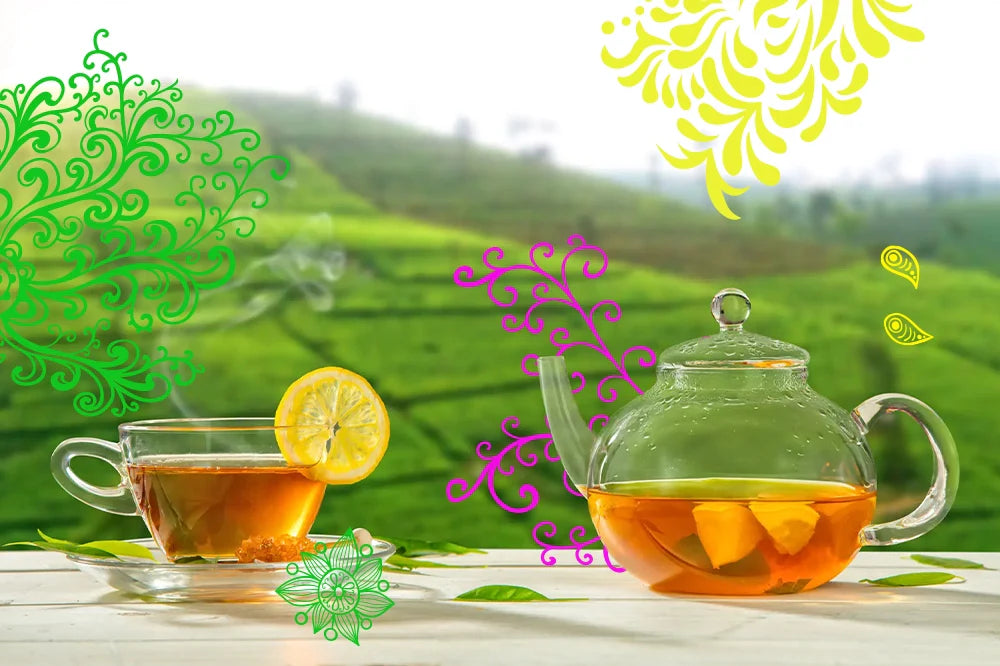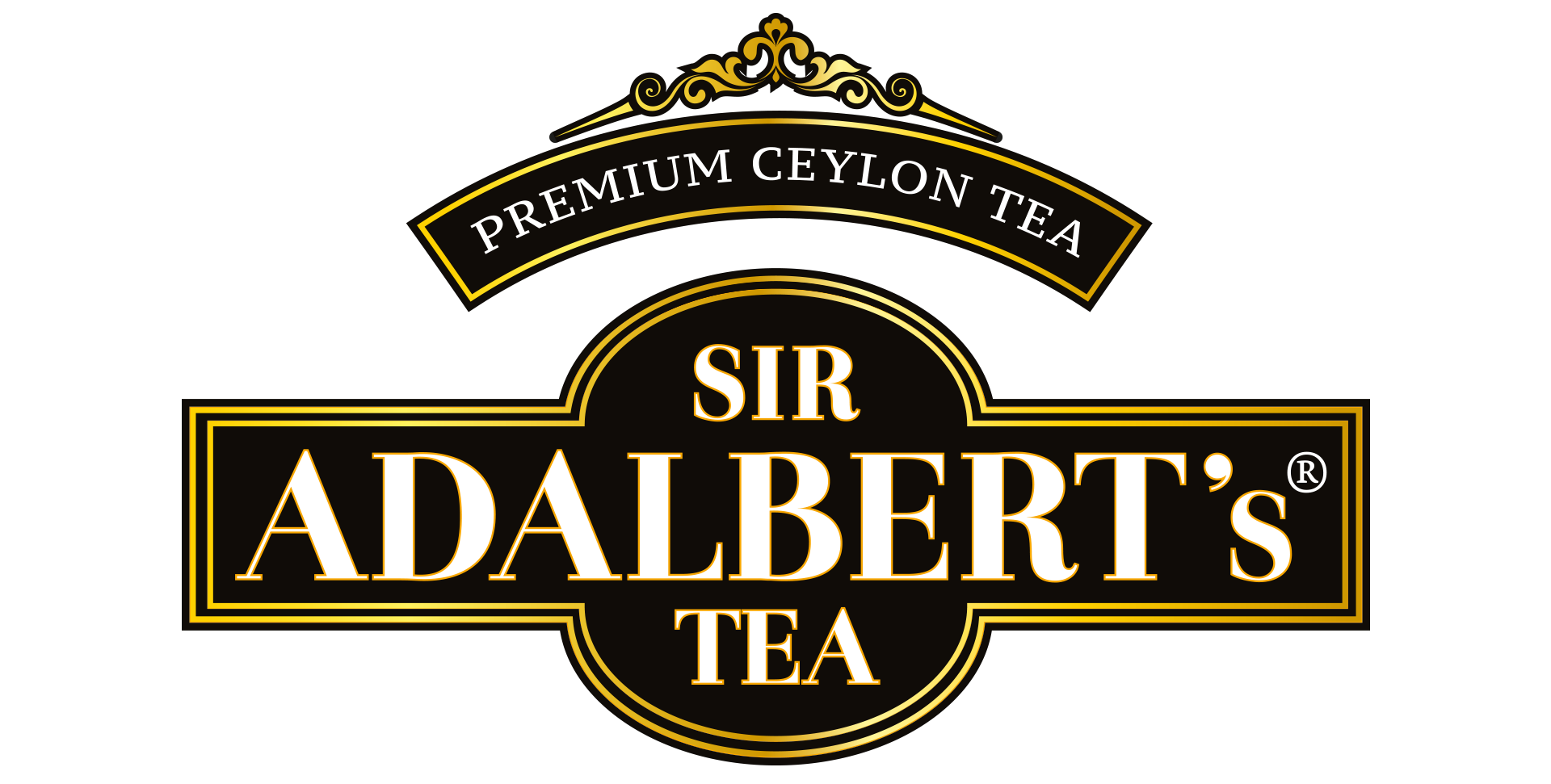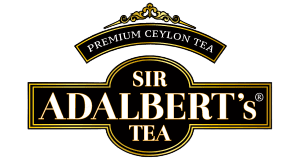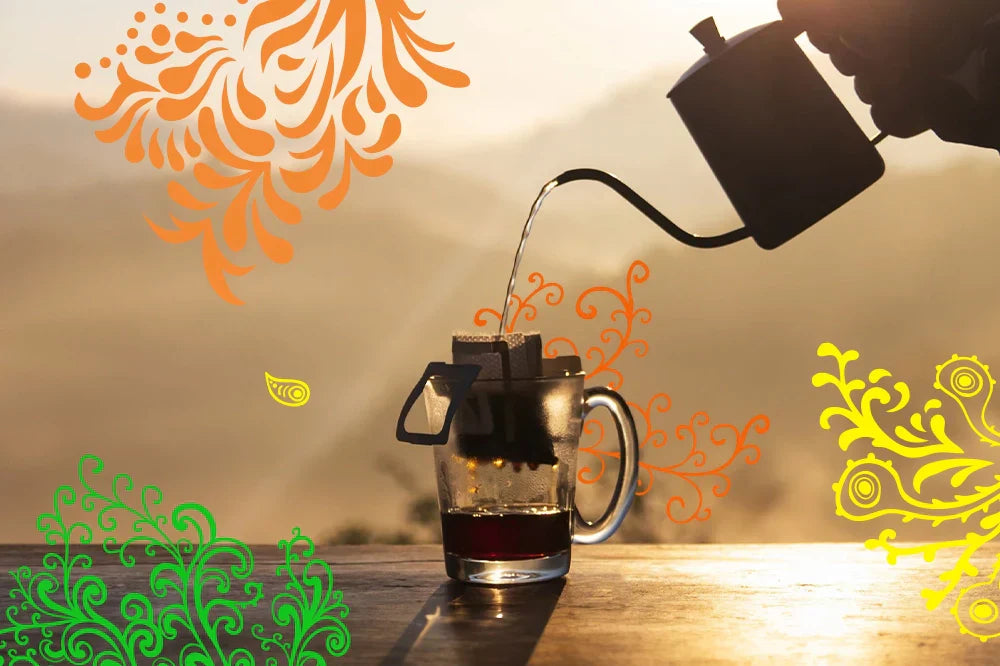
How to Brew Tea: A Complete Guide to the Art of the Perfect Infusion
Have you ever had tea that was flat in taste, unpleasantly bitter, or just plain… bland? And then, in another place, try an infusion that was an explosion of flavor and aroma, true poetry in a cup? The secret lies not only in the quality of the dried herb, but above all in the ritual of brewing tea. It is an art whose mastery opens the door to an extraordinary world, full of nuance, depth and sensory pleasure.
Many people don't realize that how we treat tea leaves after opening the package has a decisive impact on what we find in our cup. Improper water temperature, too long or too short a brewing time—all of these can ruin the potential of even the finest tea. But don't worry! This step-by-step guide will show you how to brew tea to always get the best out of it. Whether your goal is to perfectly brew black tea to energize you or to gently brew green tea to relax, you'll find all the answers here.
What will you find in the article?
The Foundations of the Perfect Infusion: The 5 Golden Rules of Tea Brewing
Before delving into the specifics of individual tea types, we must understand the universal principles that form the foundation of every successful tea brewing process. Mastering these fundamentals is 80% of the path to mastering the art of brewing loose-leaf tea, or any other type.
Water – the silent hero of your tea
This is the ingredient that makes up 99% of the infusion, yet it is so often ignored. Water quality is of paramount importance! Soft, filtered water with a low mineral content is best. Hard water, rich in calcium and magnesium, forms an unappetizing sediment on the surface of the infusion and flattens the tea's flavor, preventing its subtle notes from unfolding. Tip: If you want to experience the true depth of flavor in your favorite tea, invest in a water filter. The difference is astonishing.
Water temperature – the key to taste and aroma
This is where the answer to the age-old question lies: "Do we pour boiling water over tea?" The answer is: it depends! Each type of tea has its own preferred temperature at which it releases its full benefits. Using water that's too hot for delicate leaves (e.g., green or white) disrupts the balance, "scalds" the delicate structures, and releases excess tannins, resulting in an unpleasant, astringent, and bitter taste. Conversely, water that's too cold won't allow black or Pu-erh tea leaves to fully "wake up." Therefore, precise water temperature is absolutely crucial to the tea brewing process.
Amount of dried herbs – find your ideal measure
How to measure tea correctly? A standard rule of thumb to start with is approximately 2-3 grams of dried herb (one flat teaspoon) per 200 ml of water. However, the amount of dried tea depends on many factors: the type of tea (light and fluffy white tea leaves take up more volume than balled oolong leaves), the intensity you prefer, and even the shape of the vessel. Don't be afraid to experiment to find your ideal proportion. Remember that choosing the right weight of dried tea is an important element of the tea brewing ritual.
Brewing time – the conductor of tea taste and aroma
It is he who decides the character of the infusion. Short brewing (e.g., 1-3 minutes) releases primarily caffeine (theine) and subtle, volatile aromas. The infusion is refreshing, stimulating, and more delicate in flavor. Long brewing ((e.g., 4-5 minutes or longer) causes the tannins to come to the fore. The infusion becomes drier, more astringent, and has a relaxing effect, as the tannins neutralize the effects of theine. Exceeding the recommended time for a given type of tea often results in an infusion with an unpleasant, bitter taste.
The vessel matters – warm up the atmosphere
Before pouring water over your precious leaves, warm the vessel you'll be brewing your tea in! Pouring hot water into a cold vessel (cup, mug, or teapot) causes a rapid drop in its temperature by up to 10°C. This is enough to disrupt the entire brewing process. Just pour hot water over the container just before adding the herbs. Avoiding thermal shock will allow the leaves to develop smoothly and fully.

Type Guide: How to Brew Different Types of Tea
Now that we know the golden rules, it's time to delve into the fascinating world of different teas. Each has its own story and a different brewing method. Let's discover how to brew different types of tea.
Black tea – a classic at its best
- Water temperature: 95-98°C.
- Amount of dried herb: 1 teaspoon (approx. 2-3 g) per 200 ml.
- Brewing time: From 3 to 5 minutes. Up to 3 minutes – a stimulating infusion. Above 3 minutes – a relaxing infusion.
Green tea – the art of delicacy
- Water temperature: 60-80°C.
- Amount of dried herb: 1-1.5 teaspoons (approx. 2-4 g) per 200 ml.
- Brewing time: Short! Typically 1 to 3 minutes. Many high-quality green teas can be steeped multiple times.
- How to brew it so that it doesn't become bitter? Use a lower temperature and shorter brewing time.
White tea – ethereal subtlety
- Water temperature: 70-80°C.
- Amount of dried herb: approx. 2 teaspoons (3-5 g) per 200 ml.
- Brewing time: Longer than green tea, from 3 to even 7 minutes. It can also be brewed multiple times.
Blue Tea (Oolong) – a Spectrum of Possibilities
- Water temperature: 80-95°C.
- Amount of dried herb: 1-2 teaspoons (approx. 3-5 g) per 200 ml.
- Brewing time: The first brew takes 1-3 minutes. Suitable for repeated brewing.
Red tea (Pu-erh) – the power of the earth
- Rinsing ritual: Before brewing properly, the herbs should be "wakened" by briefly (15-30 seconds) pouring hot water over them and then pouring them out.
- Water temperature: 90-98°C.
- Brewing time: From 30 seconds (multiple brewing) to 3-5 minutes (single brewing).
Yellow tea – an imperial delicacy
- Water temperature: 75-85°C.
- Brewing time: 2-4 minutes.
Flavored teas, fruit teas and Yerba Mate
What about teas that contain more than just tea leaves?
- Flavored teas and those with additives: Compositions with added fruit, such as candied papaya or dried apple, often benefit from a slightly longer brewing time, which allows their sweetness to be released.
- Yerba Mate: Although technically not a tea, it's worth mentioning. Yerba Mate is traditionally brewed in a special vessel (matero), by pouring 70-80°C water over the dried herb and drinking it through a metal straw with a strainer (bombilla).
FAQ: Top questions about brewing tea
Let's answer some key questions that concern every tea lover.
How many teaspoons of tea per glass?
The universal rule is one flat teaspoon (approx. 2-3 g) per 200-250 ml of waterHowever, remember that this is a starting point. The best way is to experiment and adjust the strength of the infusion to your preferences.
Do we always pour boiling water over tea?
Absolutely not! This is one of the most common mistakes. Only black teas, red Pu-erh teas, and some dark oolongs should be brewed with boiling water (95-98°C). Pouring boiling water over delicate green, white, or yellow tea leaves will "burn" them.
Why shouldn't you put lemon in hot tea?
Tea leaves naturally contain small amounts of aluminum (aluminum)When a slice of lemon is added to a very hot infusion, the citric acid it contains reacts with the aluminum, creating easily digestible aluminum citrate. This compound is harmful to the brain. The solution? Always add lemon to tea that has cooled slightly (below 60-70°C).
Your path to perfect tea brewing
Remember that the art of brewing tea is not a secret. It's the sum of a few simple rules:
- Soft water of good quality.
- Appropriate water temperature suited to the type of tea.
- The right amount of dried herb (1 teaspoon per 200 ml).
- Tea brewing time adjusted to its type.
- The vessel is at room temperature (or poured with hot water).
Consider the above principles as a foundation that you can modify to suit your taste preferences. Have fun with tea! Vary the steeping time, adjust the amount of dried herbs, and try brewing the tea multiple times. Each cup is a new adventure. Treat brewing tea as a moment for yourself—a ritual that soothes and allows you to appreciate the beauty hidden in simplicity.




Leave a comment
This site is protected by hCaptcha and the hCaptcha Privacy Policy and Terms of Service apply.